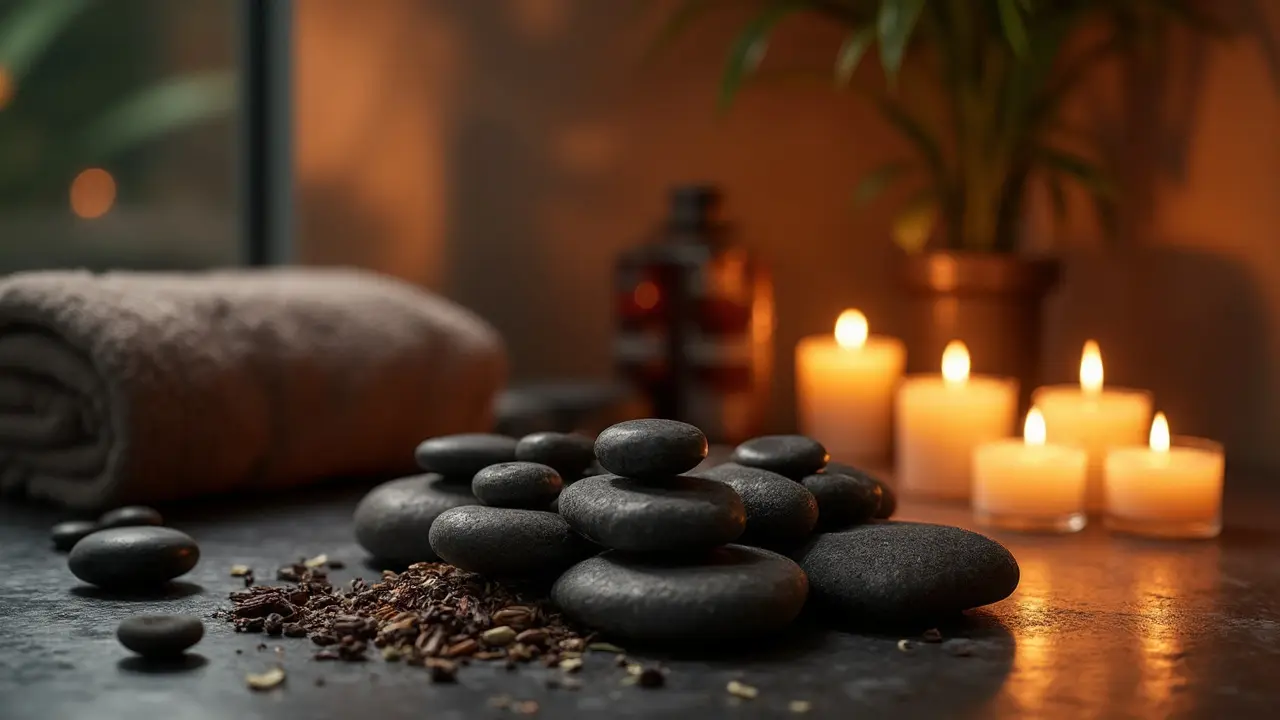Quick Migraine Treatment Tips for Real‑World Relief
Ever felt that sudden, throbbing pain that turns a normal day into a nightmare? You’re not alone. Migraines hit millions, and most of us just want something that actually eases the pain without a bunch of jargon. Below are straight‑forward steps you can try right now, plus a few longer‑term habits that keep the attacks at bay.
Immediate Actions When the Pain Starts
First thing’s first – don’t wait for the pain to get worse. Grab a cold pack or a bag of frozen peas and press it against your forehead or the back of your neck. The chill helps shrink blood vessels, which can calm the pounding.
Next, dim the lights. Bright fluorescents and screens are migraine‑trigger magnets. If you can, sit in a dark, quiet room and close your eyes for a few minutes. Even a short nap can reset the nerve signals that are firing off.
Hydration matters. Dehydration is a sneaky migraine cause, so drink a glass of water – or a sports drink with electrolytes if you’ve been sweating. Avoid caffeine if you’re already wired; a small cup might help some people, but for many it makes the headache worse.
Over‑the‑Counter Options That Really Help
When home tricks aren’t enough, an OTC painkiller can be a game‑changer. Ibuprofen (200‑400 mg) or naproxen usually outperforms acetaminophen for migraine pain because they reduce inflammation. Take the medication as soon as you notice symptoms, not after the pain peaks.
If you have a history of nausea, try an anti‑nausea tablet like meclizine. Feeling queasy is common with migraines, and settling your stomach can make the pain feel less intense.
For some, a small dose of caffeine combined with acetaminophen (the “Excedrin” combo) works well. It narrows blood vessels and gives a quick boost, but don’t make it a daily habit – your body can start depending on it.
Long‑Term Lifestyle Tweaks
Keeping a migraine diary is a low‑effort, high‑payoff habit. Jot down when attacks start, what you ate, how much sleep you got, and any stressors. After a few weeks you’ll spot patterns – maybe it’s cheese, bright screens, or skipping meals.
Regular sleep is non‑negotiable. Aim for the same bedtime and wake‑time each day, even on weekends. Even a one‑hour shift can trigger an attack.
Exercise in moderation helps. A 20‑minute walk, yoga, or gentle cycling improves circulation and releases endorphins that act as natural painkillers. The key is consistency – don’t wait until you’re in pain to start moving.
Watch your diet. Foods high in tyramine (aged cheese, processed meats) and additives like MSG are common culprits. Swap them for fresh fruits, vegetables, and whole grains. If you suspect a food trigger, try an elimination phase for two weeks and see if attacks drop.
When to See a Professional
If you’re having more than four migraine days a month, or the pain lasts longer than 72 hours, it’s time to book an appointment. A doctor can prescribe triptans, which target migraine pathways directly, or discuss preventative meds if attacks are frequent.
Neurologists in London also offer Botox injections and CGRP‑targeting therapies – newer options that cut down the number of attacks for many patients. Don’t feel embarrassed; these treatments are standard and can dramatically improve quality of life.
Bottom line: combine quick fixes (cold pack, dark room, OTC meds) with steady habits (sleep, diet, exercise) and you’ll notice fewer, milder migraines. Keep track, stay consistent, and don’t hesitate to get professional help when needed. You deserve a day without that relentless throb – and these steps put you on the road to that relief.


